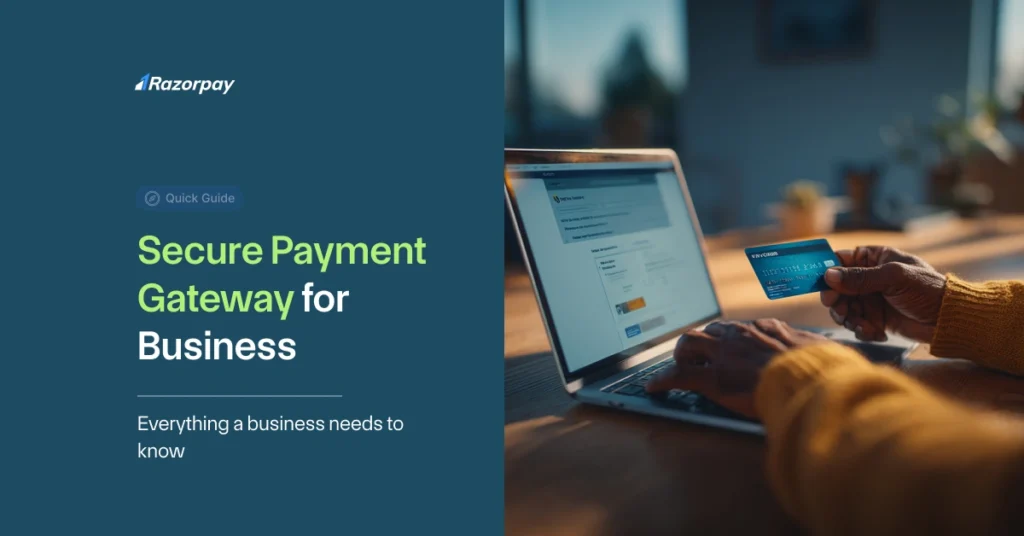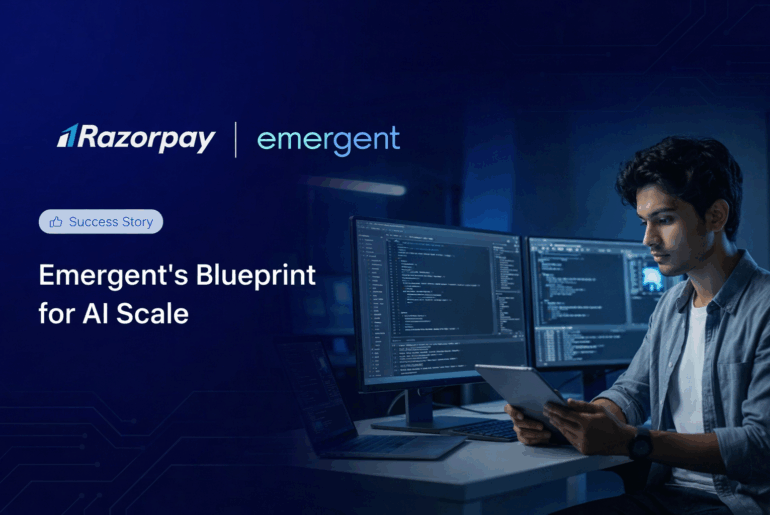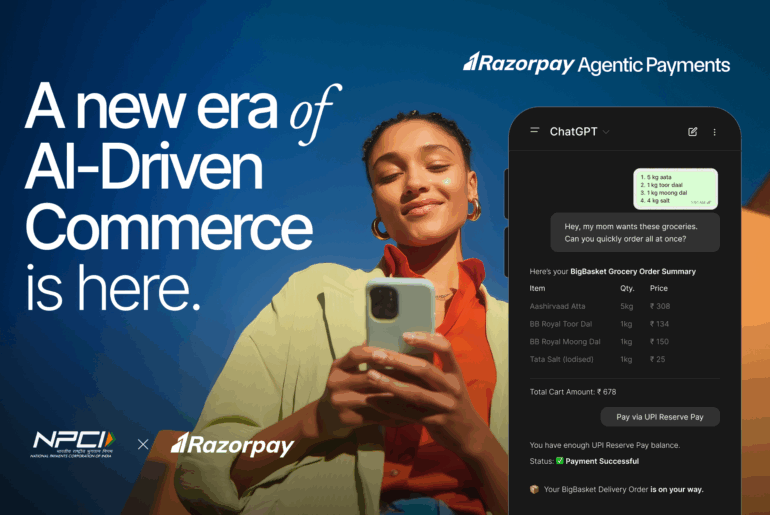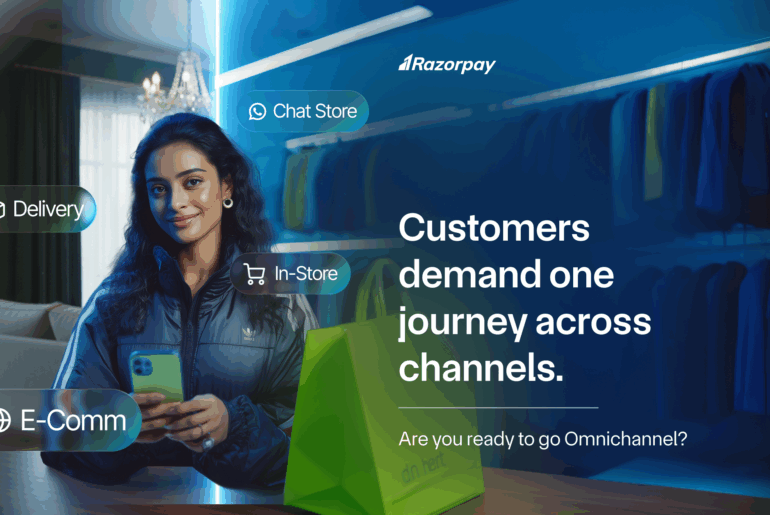Have you ever seen a customer fill their shopping cart, proceed to checkout, and then vanish without a trace? For many Indian businesses, this moment of hesitation at the payment page is a major hurdle. Customers today are more cautious than ever about where they enter their card details. This is where a trustworthy, secure payment gateway becomes your most valuable asset, turning potential cart abandonment into confident, completed sales.
Table of Contents
Key Takeaways
- A secure payment gateway is a vital technology that encrypts and protects customer payment data during online transactions.
- Key security components include PCI DSS compliance, tokenization, 3D Secure authentication, and robust anti-fraud systems.
- Implementing a secure gateway is crucial for building customer trust, reducing financial losses from fraud, and ensuring regulatory compliance.
- The right payment gateway not only secures transactions but also improves conversion rates by offering a seamless checkout experience.
What is a Secure Payment Gateway?
A secure payment gateway is a technology service that acts as a secure intermediary, authorizing and processing online payments for businesses. Think of it as the digital equivalent of a physical point-of-sale (POS) terminal, but fortified with multiple layers of digital security to protect sensitive financial data as it travels between the customer, the merchant, and the banks. Its core purpose is to ensure every transaction is validated and that confidential data is protected from end to end.
Did You Know?
In India, the e-commerce cart abandonment rate hovers around 70%. A significant portion of this is attributed to a lack of trust in the payment process and concerns about data security, highlighting the direct link between security and revenue.
How a Secure Payment Gateway Works: The 6-Step Transaction Flow
The entire transaction process, from a customer clicking “Pay” to the funds appearing in your account, happens in seconds. Here’s a breakdown of that high-speed journey:
- Checkout: The customer places an order, proceeds to the checkout page, and enters their credit or debit card details.
- Encryption: The payment gateway instantly encrypts this sensitive information, ensuring it is unreadable to any potential fraudsters. It then securely transmits the data to the acquiring bank (the merchant’s bank).
- Authorization Request: The acquiring bank forwards the transaction details to the appropriate card network (e.g., Visa, Mastercard, RuPay). The card network then routes the request to the customer’s issuing bank (the bank that issued the card).
- Verification: The issuing bank performs a series of checks. It verifies that the customer has sufficient funds and runs the transaction through its own fraud detection systems before sending an approval or decline response back to the card network.
- Confirmation: This response travels back through the chain—from the issuing bank to the card network, to the acquiring bank, and finally to the payment gateway. The gateway then displays a success or failure message to the customer on the merchant’s website.
- Settlement: Once the transaction is authorized, the issuing bank sends the funds to the acquiring bank, which then deposits the payment into the merchant’s account. This final step is known as settlement.

The Core Components of Payment Gateway Security
A truly secure payment gateway is built on a foundation of several key technologies and standards working in unison.
1. PCI DSS Compliance
The Payment Card Industry Data Security Standard (PCI DSS) is a set of mandatory security rules for all organizations that handle branded credit cards. Using a gateway that is PCI DSS Level 1 compliant—the highest level of certification—is non-negotiable. It signifies that the provider adheres to the most stringent standards for data protection, network security, and vulnerability management.
2. Tokenization
Tokenization is a process that replaces sensitive card data with a unique, non-sensitive equivalent called a “token.” When a transaction occurs, this token is used instead of the actual card number. This means as a merchant, you never have to store or handle raw card details on your servers, drastically reducing your risk and liability in the event of a data breach.
3. SSL/TLS Encryption
Secure Sockets Layer (SSL) and Transport Layer Security (TLS) are protocols that create a secure, encrypted link between a customer’s browser and your server. This ensures that all data passed between them remains private and integral, making it unreadable to anyone who might try to intercept it.
4. 3D Secure Authentication
3D Secure adds an extra layer of verification for online transactions. It’s the system that prompts customers to enter a one-time password (OTP) sent to their mobile phone to confirm their identity. This step is highly effective at preventing “card-not-present” fraud, where a fraudster may have the card details but not the physical card or associated phone.
5. Anti-Fraud Systems
Modern payment gateways employ sophisticated anti-fraud engines that use machine learning and complex algorithms to monitor transactions in real-time. These systems can analyze hundreds of data points—like IP address, location, transaction velocity, and user behavior—to identify and block suspicious activity before it can cause financial damage.
Did You Know?
India’s digital payment volume is projected to exceed 200 billion transactions by 2026, with UPI leading the charge. This explosive growth means that the speed and reliability of this 6-step process are more critical than ever for handling massive transaction volumes seamlessly.
Why a Secure Payment Gateway is Important?
In today’s digital marketplace, a single security lapse can have devastating consequences that go far beyond a single lost transaction. Skimping on payment security is not a cost-saving measure; it’s a significant business risk with far-reaching implications.
- Financial Loss: The most immediate impact comes from direct losses due to fraudulent transactions, chargebacks, and the heavy penalties levied for non-compliance with regulations like PCI DSS.
- Reputational Damage: Customer trust is hard-won and easily lost. A data breach can permanently tarnish your brand’s reputation, scaring away both existing and potential customers.
- Operational Disruption: Dealing with the aftermath of a security incident—including forensic audits, customer support crises, and managing chargeback disputes—consumes valuable time, money, and resources that could be spent on growing your business.
- Conversion Drop-off: A checkout process that looks untrustworthy or is overly complicated will cause customers to abandon their carts. A secure and seamless experience is vital for maximizing conversions.
Empowering Businesses with Razorpay’s Secure Payment Gateway
Navigating the complexities of payment security shouldn’t hold your business back. Razorpay provides a comprehensive and fortified payment gateway designed to solve these challenges, empowering businesses to transact with confidence.
By integrating Razorpay, you are protected by a superior security infrastructure that includes 100% PCI DSS Level 1 compliance and seamless, server-side tokenization, which means sensitive card data never even touches your systems. Furthermore, Razorpay’s powerful in-house fraud detection engine, ‘Thirdwatch’, uses advanced AI and machine learning to proactively block fraudulent transactions in real-time, safeguarding your revenue and allowing you to focus on growth.
Conclusion
Choosing a payment gateway is one of the most critical decisions an online business will make. It’s not merely a technical integration but a strategic choice that directly impacts your financial stability, customer trust, and potential for growth. By prioritizing a solution built on a foundation of robust security—encompassing compliance, encryption, tokenization, and intelligent fraud detection— you are not just protecting your transactions; you are building a resilient and trustworthy brand that is ready for the future of digital commerce.
Frequently Asked Questions
Is a payment gateway the same as a payment processor?
They are related but different. A payment gateway securely captures and transmits payment data, while a payment processor communicates with the banks to execute the fund transfer. Many modern solutions, like Razorpay, combine both functions into a single, integrated service.
How much does a secure payment gateway cost in India?
Pricing typically involves a one-time setup fee (which is often waived) and a Transaction Discount Rate (TDR), which is a small percentage of each transaction amount (e.g., around 2%). There are no separate charges for security features like PCI compliance or tokenization.
Is Razorpay PCI DSS compliant?
Yes, Razorpay is PCI DSS Level 1 compliant, which is the highest level of security certification in the payment card industry. This ensures all data is handled according to the most stringent global standards.
How long does it take to integrate the Razorpay payment gateway?
With well-documented APIs and robust developer support, a basic integration of the Razorpay payment gateway can be completed in just a few hours, allowing you to start accepting payments quickly and securely.
Can I accept international payments with Razorpay?
Yes, Razorpay allows you to accept payments from customers across the globe in over 100 currencies, with the funds being settled in Indian Rupees (INR).
What is the benefit of tokenization for my business?
The main benefit is a massive reduction in risk. Since tokenization ensures you never store or handle raw credit card numbers, your PCI DSS compliance burden is significantly simplified, and your business is protected from the catastrophic consequences of a data breach.



